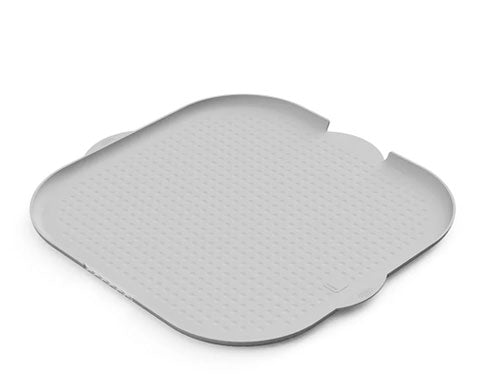20% off sitewide. Discount automatically applied.
20% off sitewide. Discount automatically applied.
Litter Boxes

Modkat Flip
Front-Entry Litter Box

Modkat XL
Front/Top-Entry Litter Box

Modkat
Top-Entry Litter Box

Modkat Tray
Open Litter Box
Bundles
Essentials

Litter Keeper
Two colors

Litter Mats
Multiple styles, colors & sizes

Tidy-Up Kit
Scoop holder & dustpan

Lounge + Play
Scratchers & toys
Refills
Add description, images, menus and links to your mega menu
A column with no settings can be used as a spacer
Link to your collections, sales and even external links
Add up to five columns
Add description, images, menus and links to your mega menu
A column with no settings can be used as a spacer
Link to your collections, sales and even external links
Add up to five columns
Why do cats knead?

You plop down after a long day of work and your feline makes a beeline for your lap where she commences to “kneading dough.” In an alternating, rhythmic motion, she pushes her paws up and down in your lap. And purrs happily.
Animal experts don't know for sure why cats perform this unusual behavior, but they have formed some compelling theories. The kneading is mostly directed at soft surfaces like blankets, cushions, bedding, other animals, and of course, your warm and welcoming lap. Why do cats knead? Theorists suggest:
It’s linked to kittenhood.
Some say kneading is a sign a cat was plucked from its mother too soon. But that theory doesn’t hold water when you consider kittens who remain in the home with the mother still knead into adulthood. Kneading is more likely an instinctual behavior that manifests in kittenhood and carries over into adulthood simply because of the positive association established.
Kittens knead the area around their mother’s teats to stimulate milk flow when they’re nursing. The act not only delivers nourishing food for the kitty, but it is linked to the rewarding comforts and contentment of nursing as well. Some cats will even appear to suckle the surface they’re kneading, another tell-tale sign it’s possibly born out of kittenhood.
It’s a behavior that speaks to a cat’s wild side.
Before cats were tamed, they were forced to find safe places to sleep and bear their young in the wild, away from the threat of predators. To prepare their secure nesting spot, felines supposedly used their paws to pat down tall grass to create a soft pallet. Since domestication, the behavior may now be a cat’s way of bedding down for a nap or to decompress.
Cats are marking their territory.
Cats have scent glands in the pads of their paws. When cats knead, they leave behind their scent on blankets, bedding, and your lap, marking these things as their own.
It signals mating season.
A female often kneads her paws just before going into heat as a sign to the male she’s available for mating.
It’s a display of affection.
If your cat kneads you, she is demonstrating she really “needs” you. Think of kneading as a display of affection. She considers you a safe, soft spot for sleeping. She’s depositing her scent to mark you as her own. And she’s channeling her inner kitten and reliving a time when she felt nurtured, safe, and content.
Some cats will use all four paws to really dig in. If the kneading becomes uncomfortable, use a blanket or towel between you and your kitty. It may even enhance the experience by creating a softer pallet for your furry friend to knead.
Not all cats knead. So if you have a “kneader,” count yourself blessed. It provides additional insight into an otherwise mysterious creature you can’t help but love. 🐈
“It looks nicer than any other hooded or open option we considered.”

Categories
Meow from Brooklyn.
Sign up and get early access to product drops, exclusive offers, and the occasional cat meme.
Similar products related to this blog:

"It looks nicer than any other hooded or open option we considered."


"This litter box keeps everything in, nothing gets out the sides."

"My beautiful ragdoll cat and I both love the new Modkat Litter tray!"











